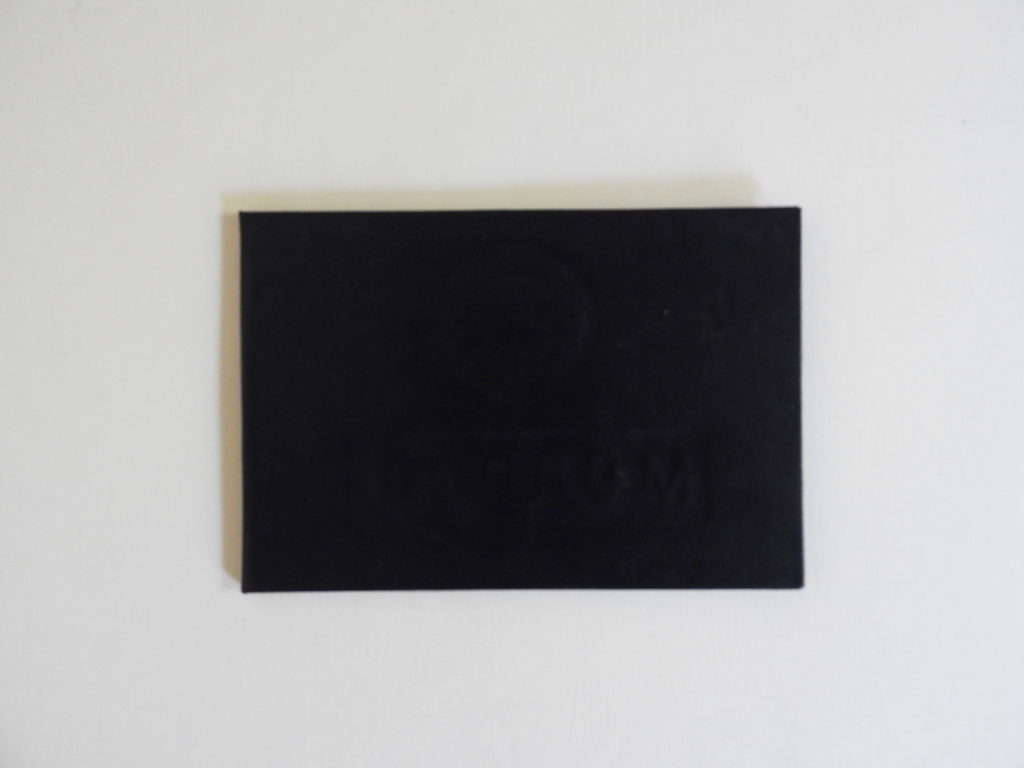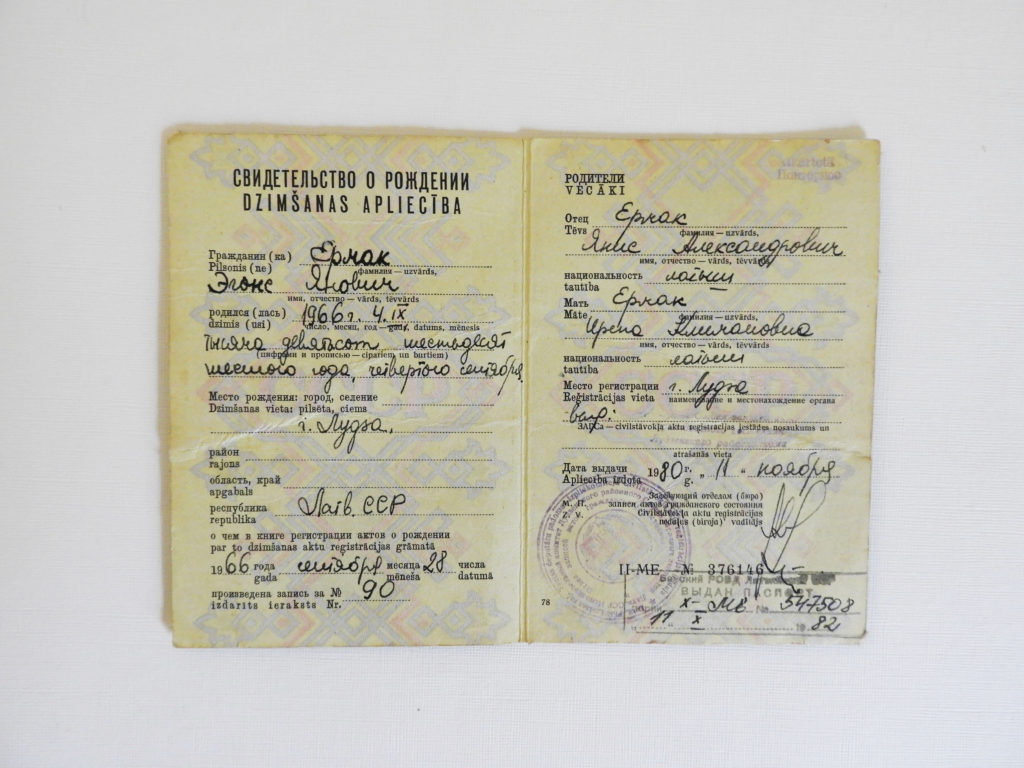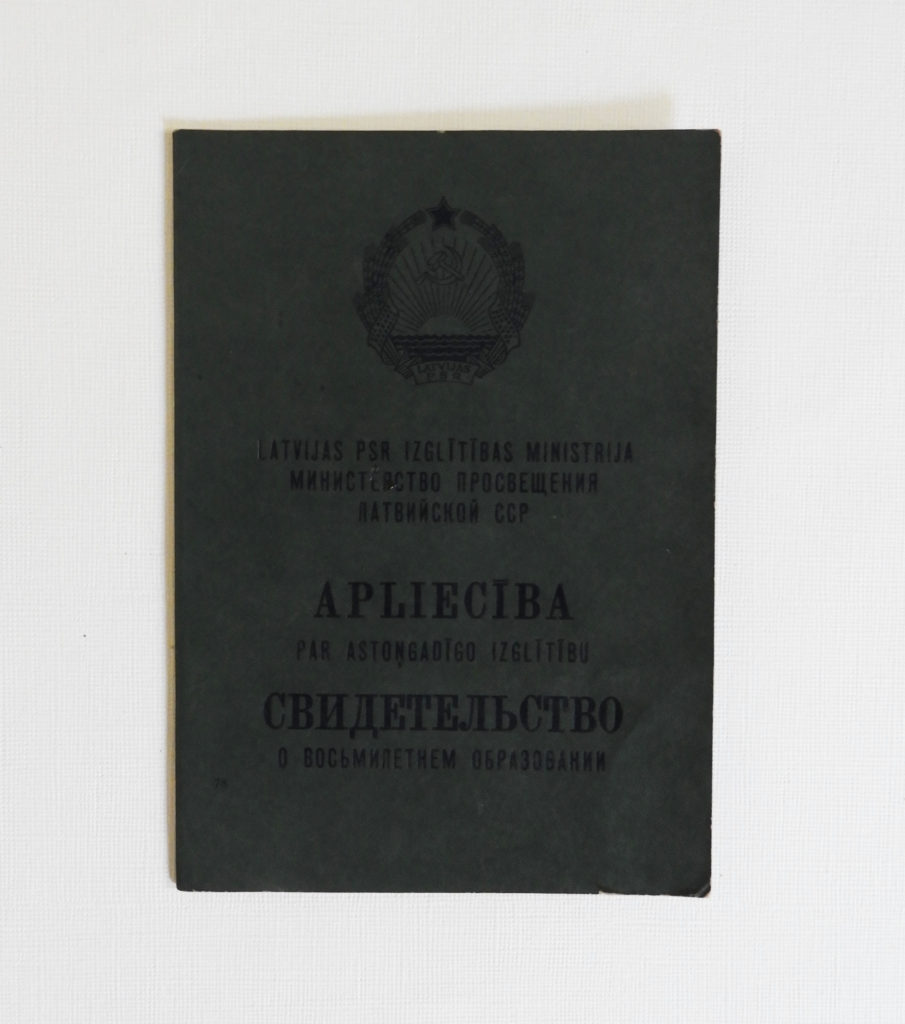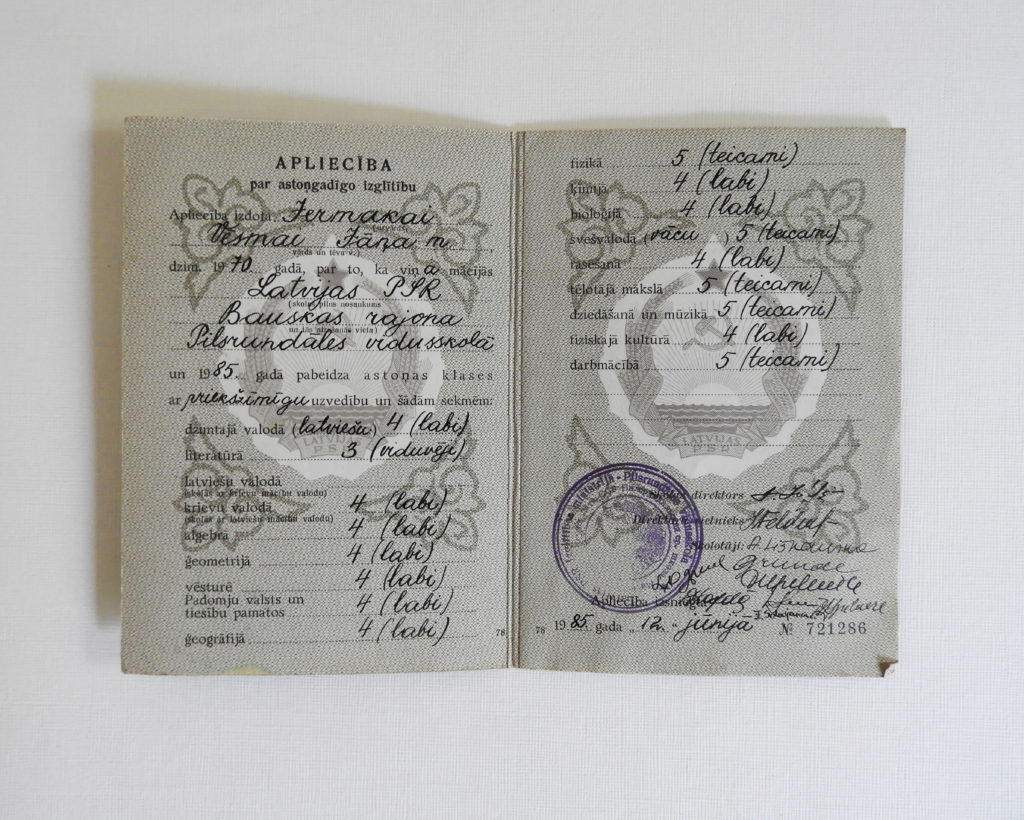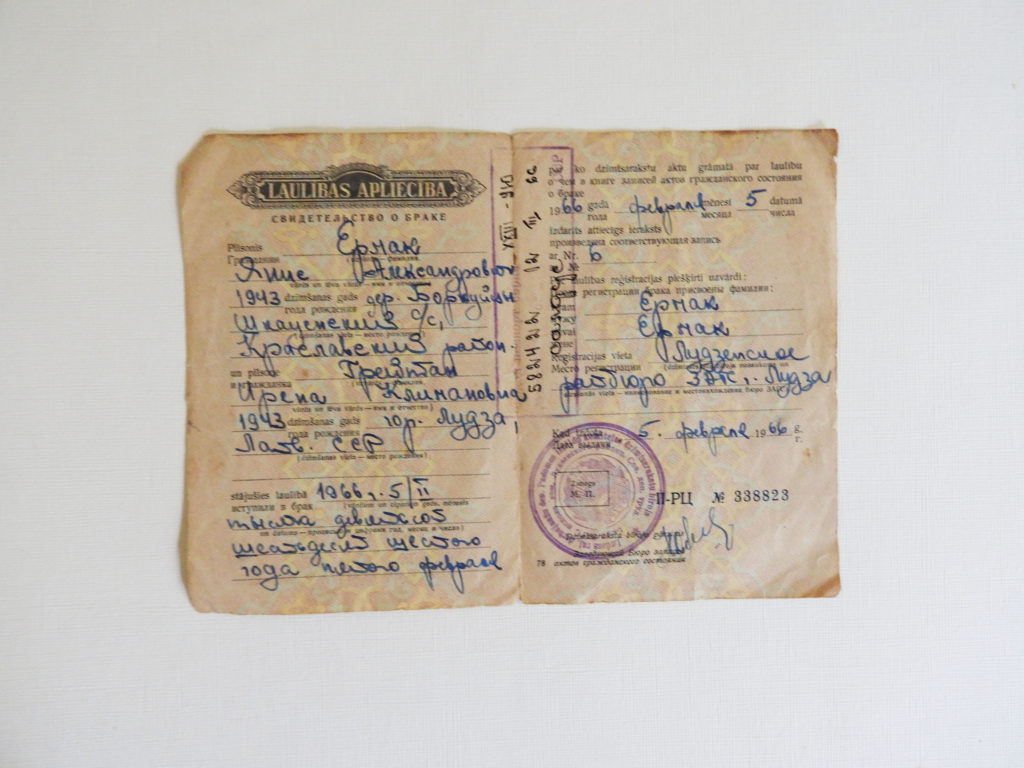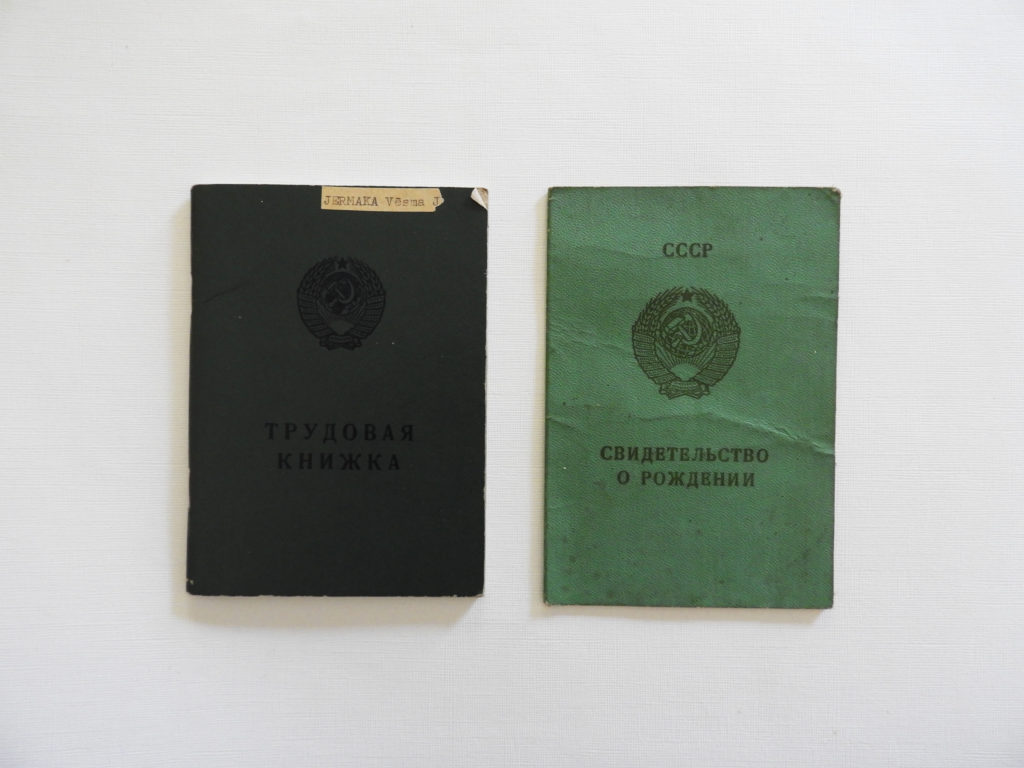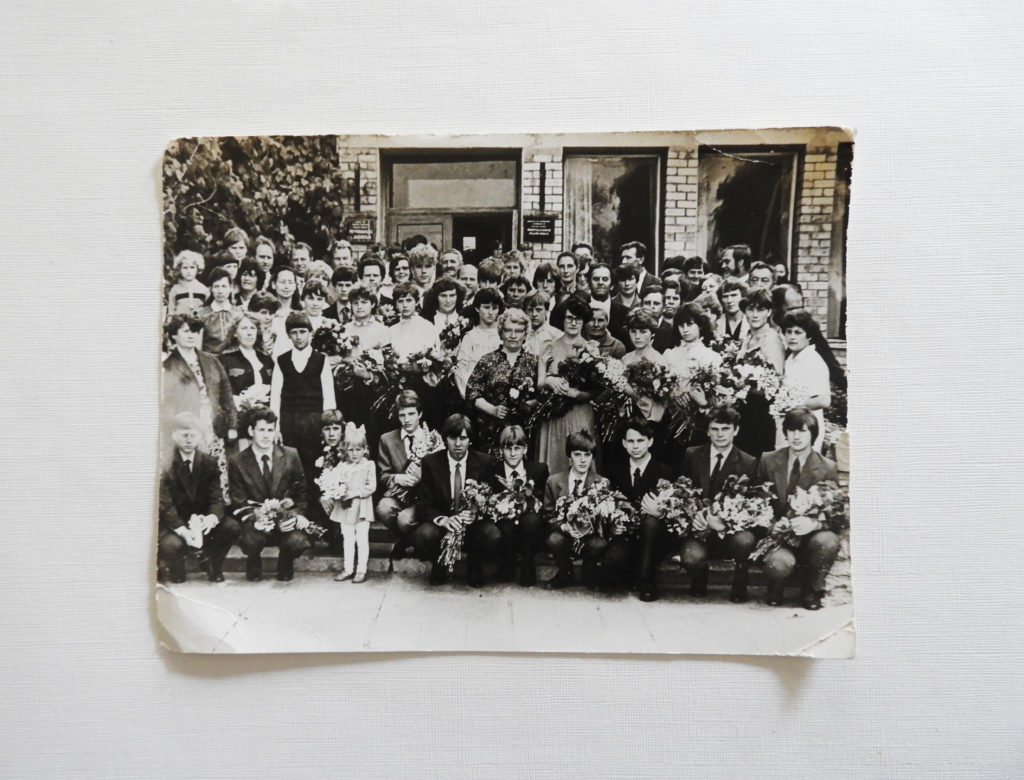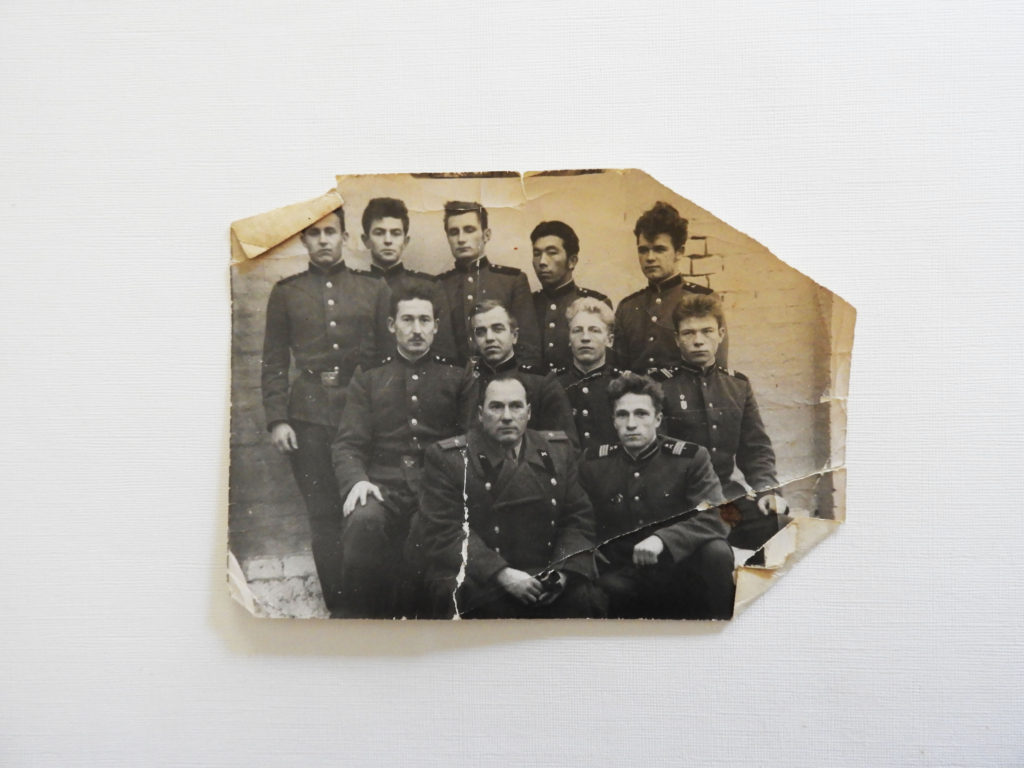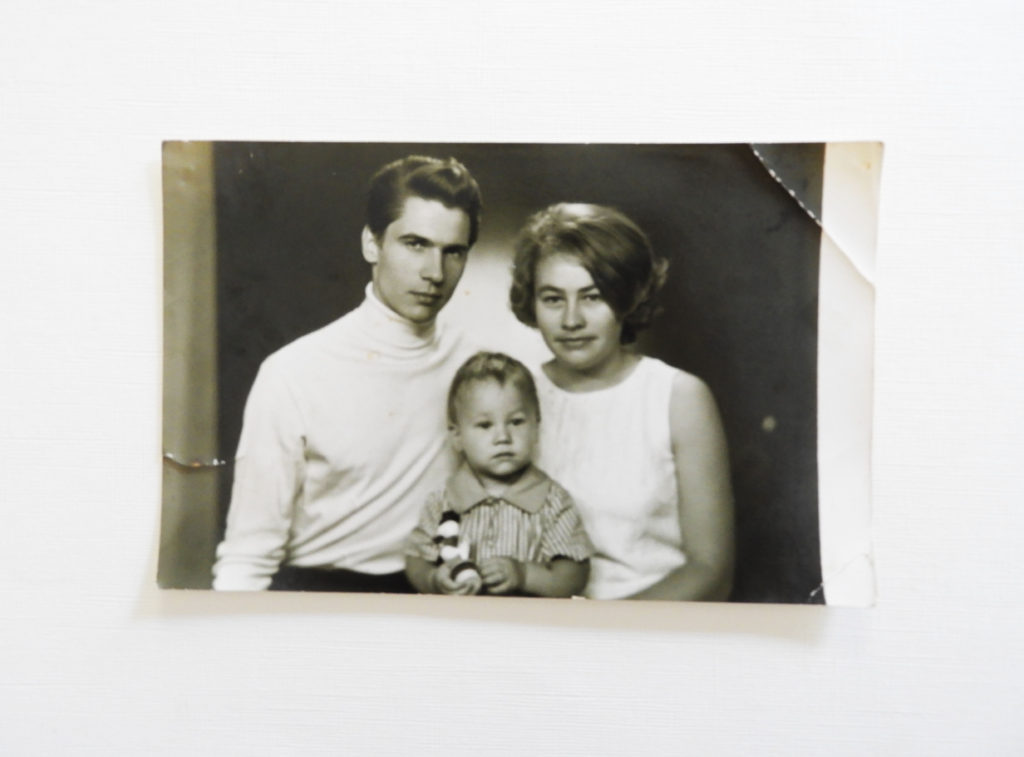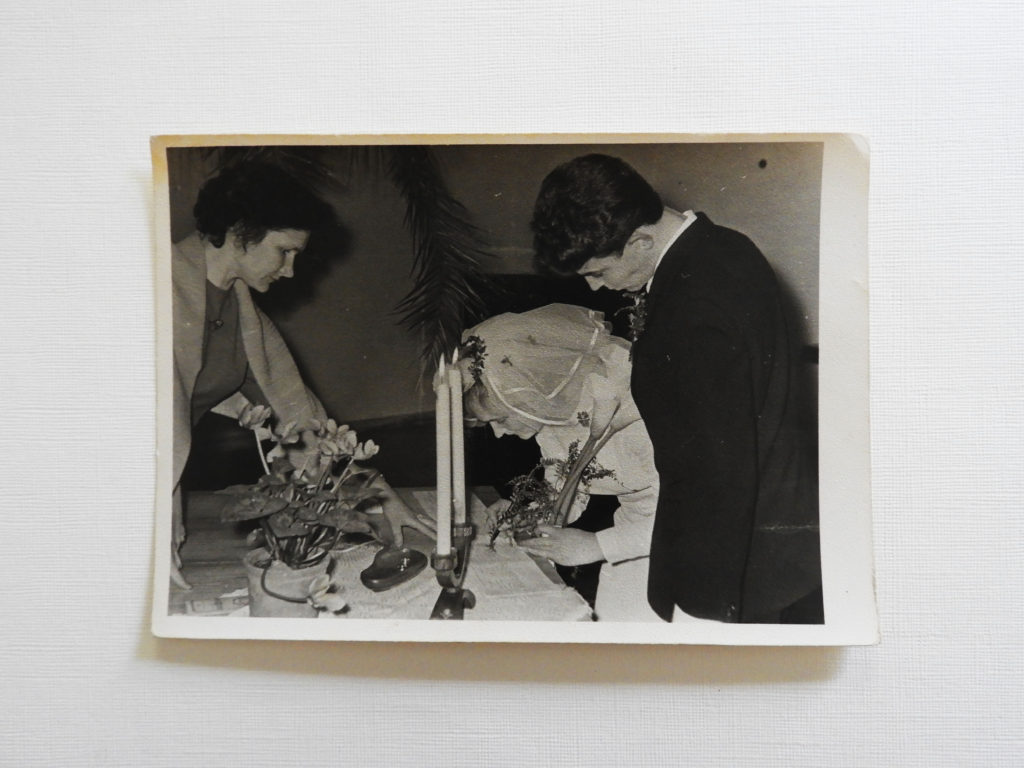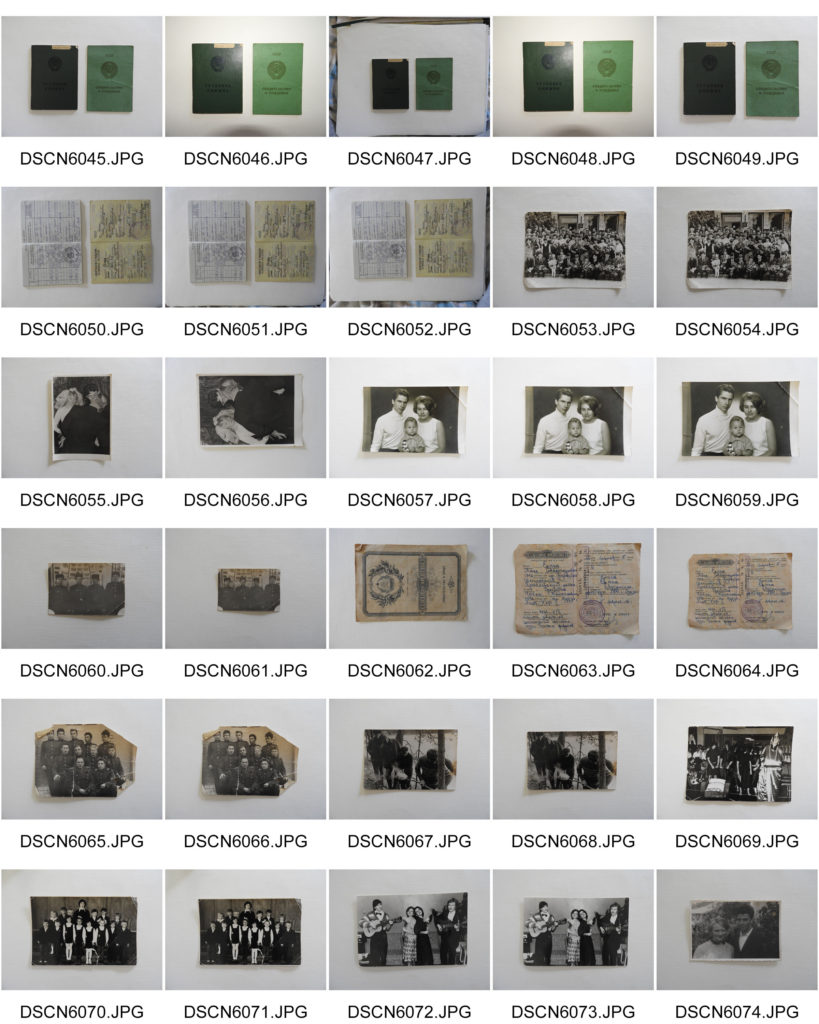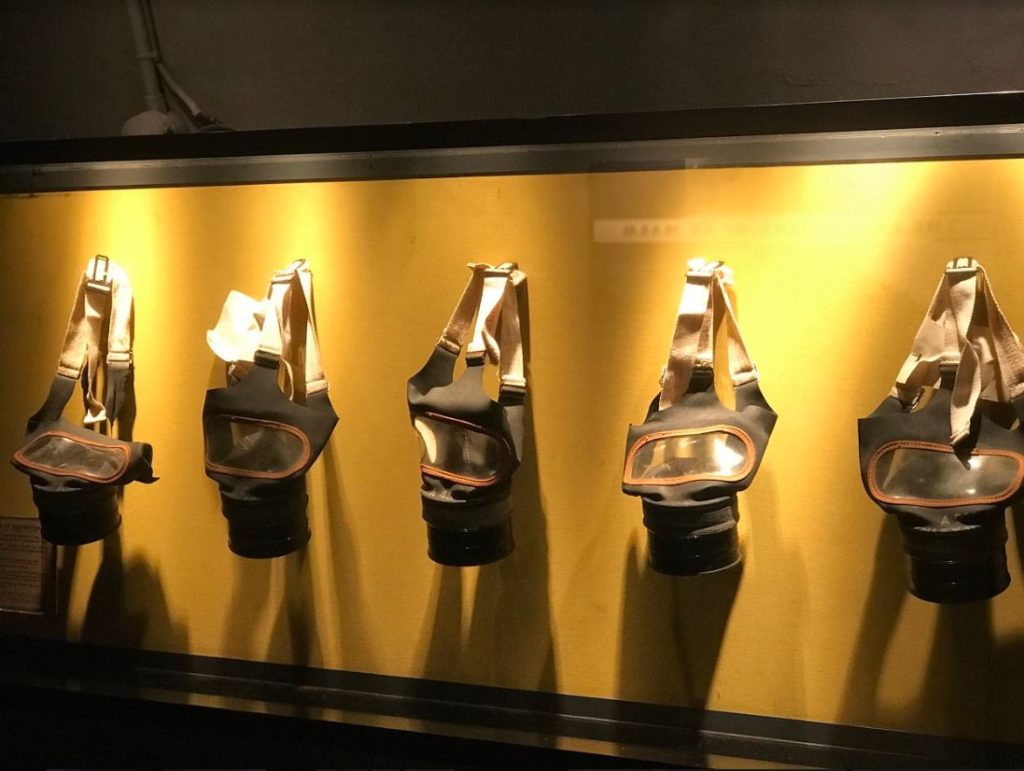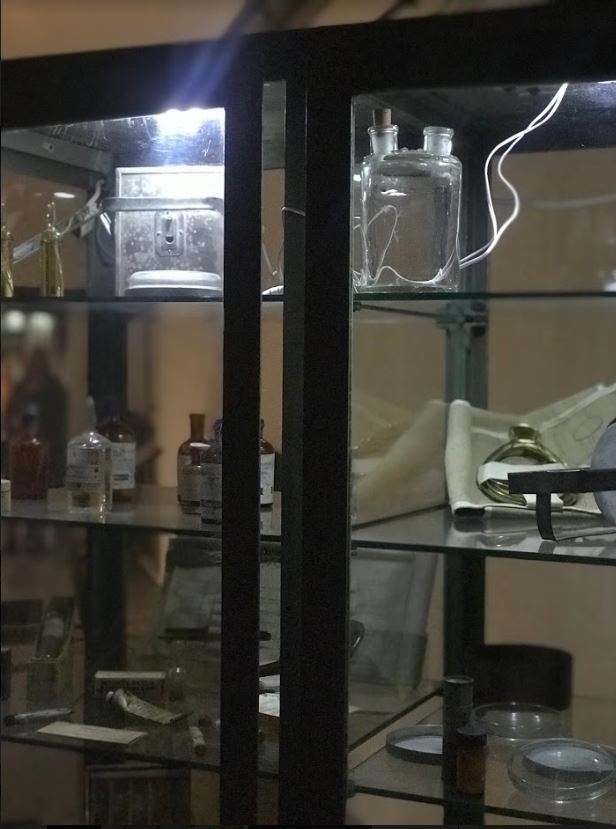Welcome back after Summer break!
This autumn term we will be continuing to explore the Occupation of Jersey with a focus on personal stories through either family connections or islanders who experienced the German occupation up close.
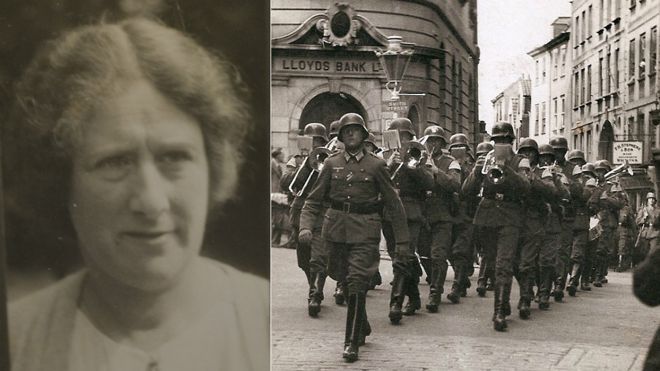
OVERVIEW
The first three weeks will be based around PORTRAITURE and improving our skills to photograph people, including working with studio-lighting. We will be photographing islanders who lived through the German occupation in the studio and listen to them telling personal stories and recounting memories from both the occupation and liberation of Jersey.
Each person will be recorded using photography, video and sound.
Jersey Archive: To support our understanding we will begin by visiting Jersey Archive where German Occupation Registration Cards are kept. They are a set of unique documents that show the faces, backgrounds and communities of people of Jersey who lived under the German Occupation. We will also be looking at private collections from Jersey residents.

German Registration Cards: Wishing to control the movements of the civil population, the German authorities made it compulsory for everybody to be registered under the Registration and Identification of Persons (Jersey) Order, 1940. This registration process required the collation of personal details concerning everyone within the island. Every islander was then issued with his or her identity card whilst the German authorities kept an official set which is now at Jersey Archive. The specific information collected includes name, maiden name, address, date and place of birth, occupation, any militia experience and distinguishing features. Children under the age of fourteen were recorded on the back of their father’s card. As a result a set of cards was created which recited a great deal of personal information together with a photograph of each adult. They were updated regularly with details added if people moved or had more children and as soon as children reached the age of fourteen they were issued with their own card.
During the occupation it was forbidden to photograph and any islanders caught with a camera would be arrested. The German forces used their own army photographers to record their time spend in Jersey. The Bundes Arkiv is the depository of these images which we looked at the Societe Jersiaise Photo-Archive in June.
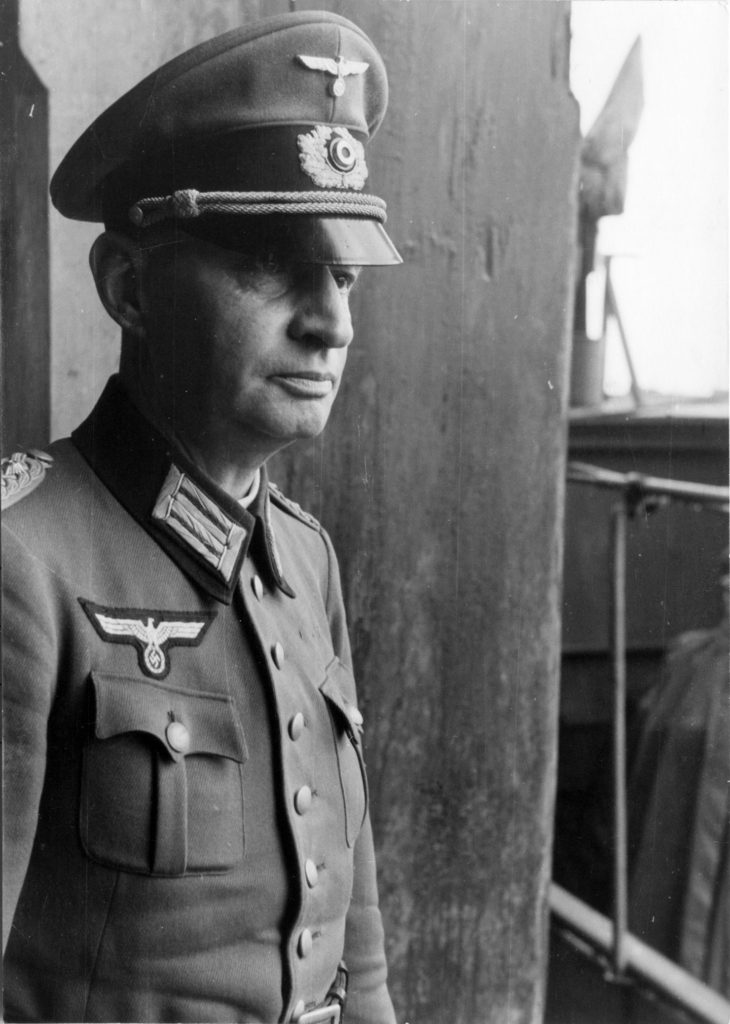
Here is a link to folder with images: M:\Departments\Photography\Students\Occupation of Jersey\SJ Photo Archive\Bundes Arkiv
Planner:
Here is a PLANNER for a full overview of what you are required to do in the next 4 weeks. You are required to self-monitor your progress and will be asked to upload Tracking-Sheet with an update on a weekly basis to your blog.
Tasks:
This unit requires you to produce an appropriate number of blog posts which charts you project from start to finish including research, planning, analysis, recording, experimentation, evaluation, and presentation of creative outcomes.
Week 1: 5 – 8 Sept
Artists References
Complete the following blog posts
RESEARCH > ANALYSIS
ARTISTS – REFERENCES: In preparation for next week’s portrait studio shoot, choose two portrait photographers, one from Societe Jersiaise Photo-Archive and one contemporary from the Archisle Contemporary Programme. Explore discuss, describe and explain key examples from their work on portraiture done in Jersey.
Compare and contrast their approaches , outcomes and follow these steps:
1. Produce a mood board with a selection of images and write an overview of their work, style and approach to portraiture.
2. Select at least one image from each photographer and analyse in depth using methodology of TECHNICAL>VISUAL>CONTEXTUAL>CONCEPTUAL
3. Incorporate quotes and comments from artist themselves or others (art critics, art historians, curators, writers, journalists etc) using a variety of sources such as Youtube, online articles, reviews, text, books etc.
4. Make sure you reference sources and embed links to the above sources in your blog post.
SJ Photo-Archive – historical context
Henry Mullins
Clarence P Ouless
Ernest Baudoux
Francis Foot
William Collie
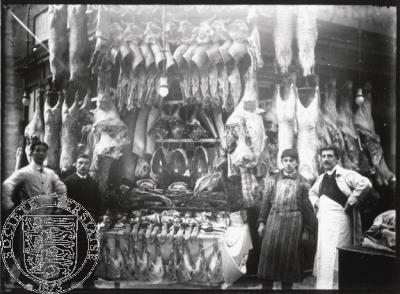
Percival Dunham 
Percival Dunham
Archisle – contemporary approach
Michelle Sank: Insula
Martin Parr: Liberation
Yury Toroptsov: Fairyland
Martin Toft: Atlantus, Masterplan and Becque a Barbe

Michelle Sank: Insula 
Yury Toroptsov: Fairyland 
Martin Parr: Liberation Day. 2013. 
Martin Toft: Atlantus 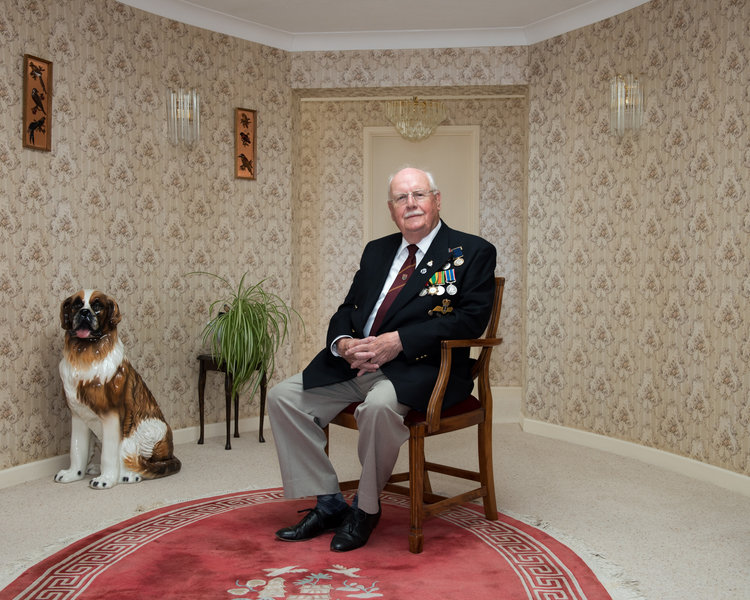
Martin Toft: Masterplan

Week 2: 9 – 15 Sept
Jersey Archive + Jersey War Tunnels
Complete the following blog posts
RESEARCH > ANALYSIS
Site visit: Jersey Archive – Mon 9 Sept
1.Explain the role and purpose of Jersey Archive as custodians of the island’s public record.
2. Explore the background to German Registration Cards select one person from German ID Cards and produce a blogpost based on his/her story.
3. Explore family relatives if possible and research personal story.
4. Editing: Upload and process images from photo-shoot at Jersey War Tunnels using Lightroom and make a rough edit of 8–10 images.
PHOTO-ASSIGNMENT 1: Home Sweet Home
Environmental Portrait
Candid portrait
DEADLINE: Wed 25 Sept
Week 3: 16 – 22 Sept
Photoshoot of Occupation Survivors
Complete the following blog posts
RESEARCH – ANALYSIS
From notes and testimony, produce a blog post based on survivors’ personal story, recollection and memory – illustrate with images.
Extension: Explore family relatives if possible and research personal story linked to the German occupation of Jersey or World War II, in general, if not Jersey born.
Here is a link to video interviews with islanders recounting memories and experience from German Occupation from Jersey Archive website
PLANNING > RECORDING
Photoshoot: Studio Portraiture – Mon 16 Sept
1. Lighting: Different lighting set-ups
2. Recording: Headshots, half-body, full-body
3. Moods: Explore different moods, expressions, angles, framing
4. Editing: Upload and process images from photo-shoot using Lightroom and make a rough edit of 8–10 images
PHOTO-ASSIGNMENT 2: Home Sweet Home
Establishing shot
Detail shot
DEADLINE: Wed 8 Oct
Week 4: 30 Sept – 6 Oct
Developing and Experimenting
Complete the following blog posts
DEVELOPING > EXPERIMENTING
- Experiment with your edited images adjusting colour/ B&W/ cropping/ collaging / composite / incorporate archival images/ ephemera / found material etc.
- Produce at least 3 different variations of the same portrait with 3 different images.
- Evaluate your photo-shoot / portrait experiments.
- Complete all outstanding blog posts up until now.
PHOTO-ASSIGNMENT 3: Home Sweet Home
Interior
Exterior
DEADLINE: Wed 22 Oct



